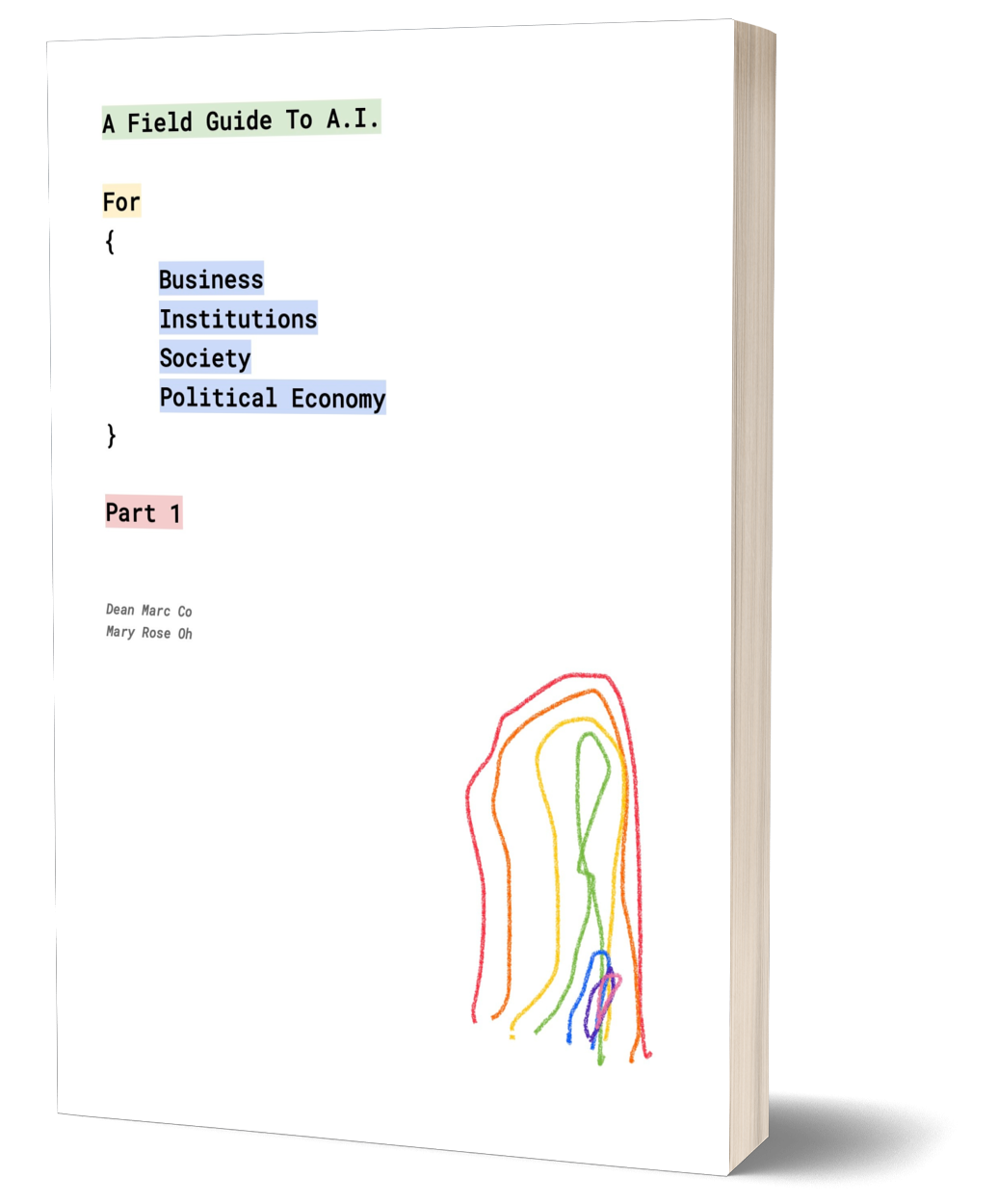What’s the true impact of streaming on the climate? Some studies have tried to answer this question, but it’s hard to get right. Delivering an episode of Shadow and Bone to your screen requires different technologies that are constantly evolving – from the data centers where the data is housed, to the infrastructure that brings the internet to your home, to the electricity powering how you enjoy the show. Measuring those emissions took a lot of guesswork, resulting in studies with inaccurate estimates and myths – until now.
Researchers at the University of Bristol spent a decade developing a tool to calculate the carbon footprint of streaming and other everyday internet uses, such as browsing news stories, to answer this question. The calculator uses the latest scientific protocols to measure emissions (i.e., lifecycle assessments) and data directly from the entertainment and media companies who rely on streaming delivery themselves, compared to the generic estimations of past studies.
This research is the subject of a new independent white paper, released today, by sustainability researchers at The Carbon Trust. Though there’s a lot to chew on in the full paper here, there are four key findings:
From our partners:
- The average carbon footprint of one hour of streaming in Europe is approximately 55 gCO2e (grams of carbon dioxide equivalents). That’s about the same as microwaving four bags of popcorn, or three boils in an electric kettle in the UK.* Previous guesswork profiled in the media had this figure as high as 3200 gCO2e, or as much as microwaving 200 bags of popcorn. So quite a difference!
- Adjusting picture resolution makes a very small difference in carbon emissions. For example, changing from standard definition to 4K resolution increases emissions from just under 1g CO2e/hour to just over 1g CO2e/hour. Why? The internet is “always on,” so the additional energy it takes to transmit higher resolution to your TV is marginal compared to the energy it takes to constantly operate the internet. Past studies overestimated this increase to be as high as 500g CO2e/hour.
- While streaming and internet use have grown these past few years, energy consumption from those activities has actually decreased over time. This is because data center, internet, and utilities providers can take on more demand without consuming more energy. They’re continually updating their equipment to be more energy efficient, as well as buying and using more renewable electricity. The white paper looks at past trends to break this down.
- Consumer devices (TVs, laptops/PCs, smartphones, tablets) make up more than half of the carbon emissions from streaming (over 50%), compared to other components like data centers or internet service, so the device you choose to stream on, and using renewable electricity at home, can have a big impact on emissions and energy consumption. Devices, including TVs, are becoming more energy efficient over time.
Netflix and other companies have used this calculator tool as part of DIMPACT, a collaborative project convening entertainment and media companies with University of Bristol researchers. Netflix recently ran its own data through the tool and found that the emissions from an hour of streaming the world over is well below 100gCO2e, or less than driving a gas-powered vehicle a quarter mile or 400 metres.* This figure includes more carbon-intensive electricity grids from regions like the U.S. and Canada, Latin America and Asia-Pacific. So it’s a bit higher than Carbon Trust’s finding, which is specific to Europe, where the power grid is less carbon-intensive.*
The tool’s validation by Carbon Trust’s research brings us one step closer to accurately and consistently assessing the climate impact of streaming — be it from data centers, internet providers, or device manufacturers, and entertainment and media companies who rely on streaming. Better understanding this footprint means we can better focus on reducing those emissions across industries, countries and the world.
*These comparisons will vary by country, with the carbon intensity of the user’s national grid.
*These comparisons will vary by country.
*This assessment only currently considers the impact from electricity consumption during use. Other phases of the lifecycle researchers want to further investigate are the manufacturing and end-of-life stages of devices.
Emma Stewart, Ph.D. (she/her/hers) serves as inaugural Netflix Sustainability Officer, a position she’s held since October 2020. She holds a Ph.D. from Stanford University and a B.A. Honors from Oxford University. Prior to Netflix, she was a Director at World Resources Institute, Head of Sustainability Solutions at design software leader Autodesk where she co-authored the world’s first science-based corporate climate target, and founded the R&D department at Business for Social Responsibility. She has contributed to multiple books and taught “Intrapreneurship for Sustainability” at UC Berkeley and Stanford University.
Daniel Schien, Ph.D. (he/him/his) is Senior Lecturer in Computer Science (Associate Professor) at University of Bristol, UK. His research aims at improving our understanding of the environmental impact from information and communication technologies (ICT) and the reduction of such impact. Daniel and his team have pioneered new methods and tools to assess the carbon footprint of digital media which have been applied by major international media companies for more than a decade.
By Emma Stewart, Ph.D., Netflix Sustainability Officer | Daniel Schien, Ph.D., Associate Professor of Computer Science at University of Bristol
Source Netflix
For enquiries, product placements, sponsorships, and collaborations, connect with us at hello@zedista.com. We'd love to hear from you!
Our humans need coffee too! Your support is highly appreciated, thank you!

